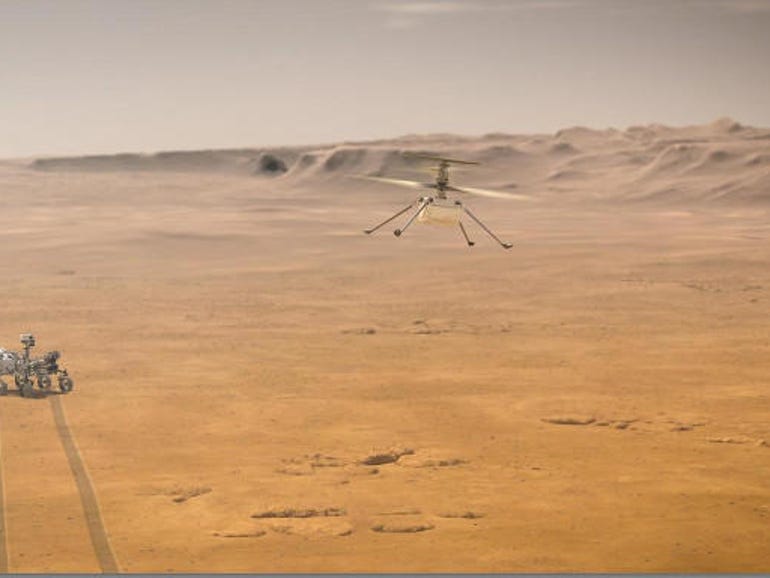Perseverance hit Mars' atmosphere at almost 12,000 miles per hour (19,312 kilometers per hour) and a mere seven minutes later NASA landed its latest Mars rover softly and safely. Onboard the one-ton mobile science lab is its tiny flying companion, the drone helicopter Ingenuity. If all goes well, the four-pound (1.8 kilograms) Ingenuity will be the first vehicle to ever fly on another world. At 11-light minutes from Earth, no one will fly the dual-propped Ingenuity with a drone controller. Instead, it will fly itself using a combination of Linux and a NASA-built program based on the Jet Propulsion Laboratory's (JPL) open-source F´ (pronounced F prime) framework.
There are, of course, many other open-source NASA programs. There are more than 500 NASA Open Source 3.0 license software projects. Long before the concepts of free software and open-source had been articulated, NASA shared much of its code freely under the COSMIC program. NASA has long used Linux both on the International Space Station (ISS). Linux's path to supercomputer domination started at NASA's Goddard Space Flight Center (GSFC) with the first Beowulf supercomputer.
More info at
To infinity and beyond: Linux and open-source goes to Mars | ZDNet#
technology #
space #
NASA #
opensource #
Mars #
Linux
If all goes well, the first flight on Mars will be made by Perseverance Mars rover's companion drone helicopter, the Linux-powered Ingenuity.